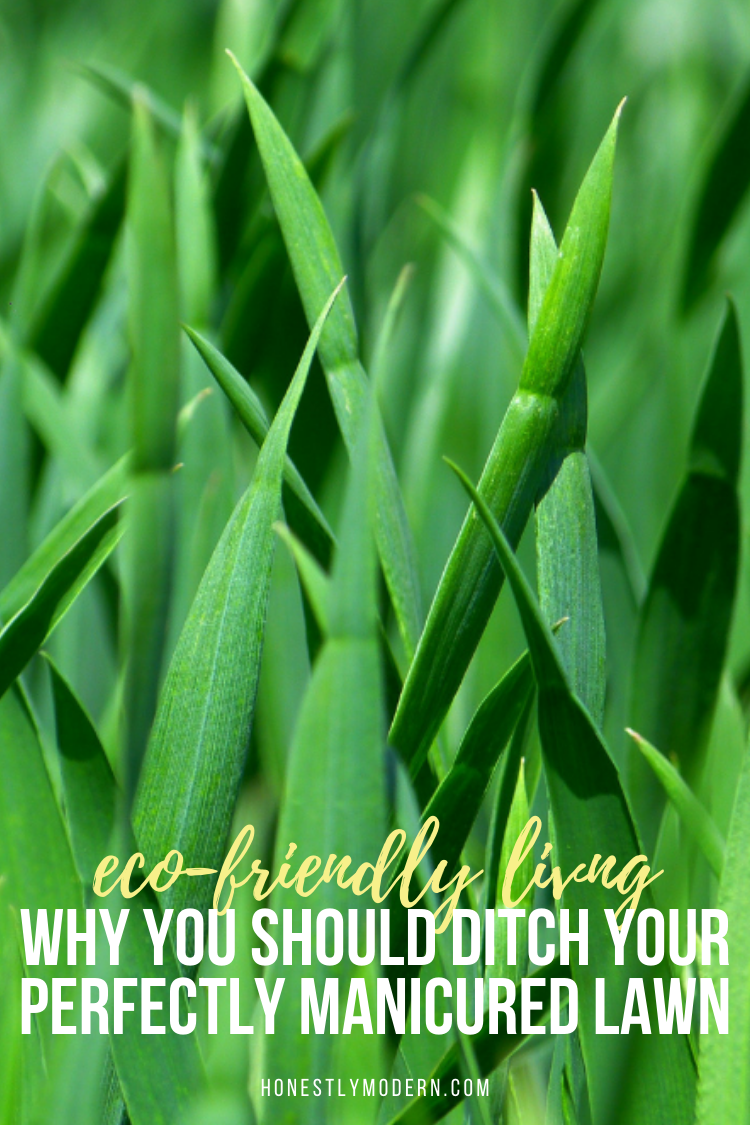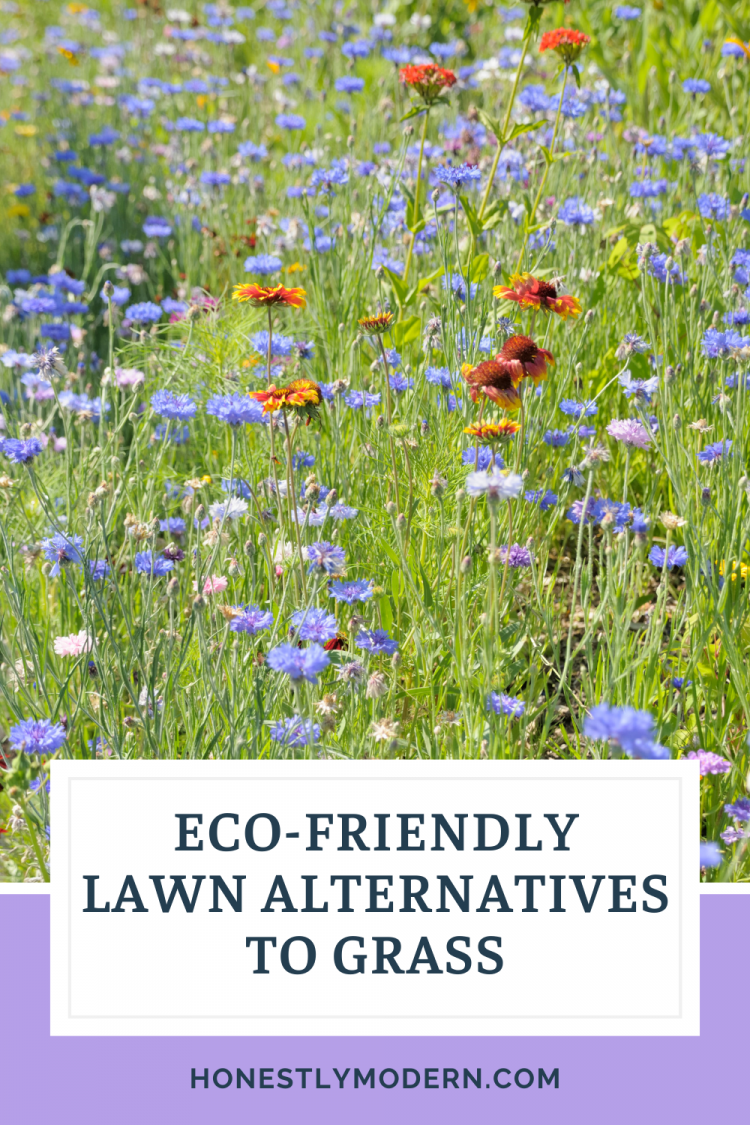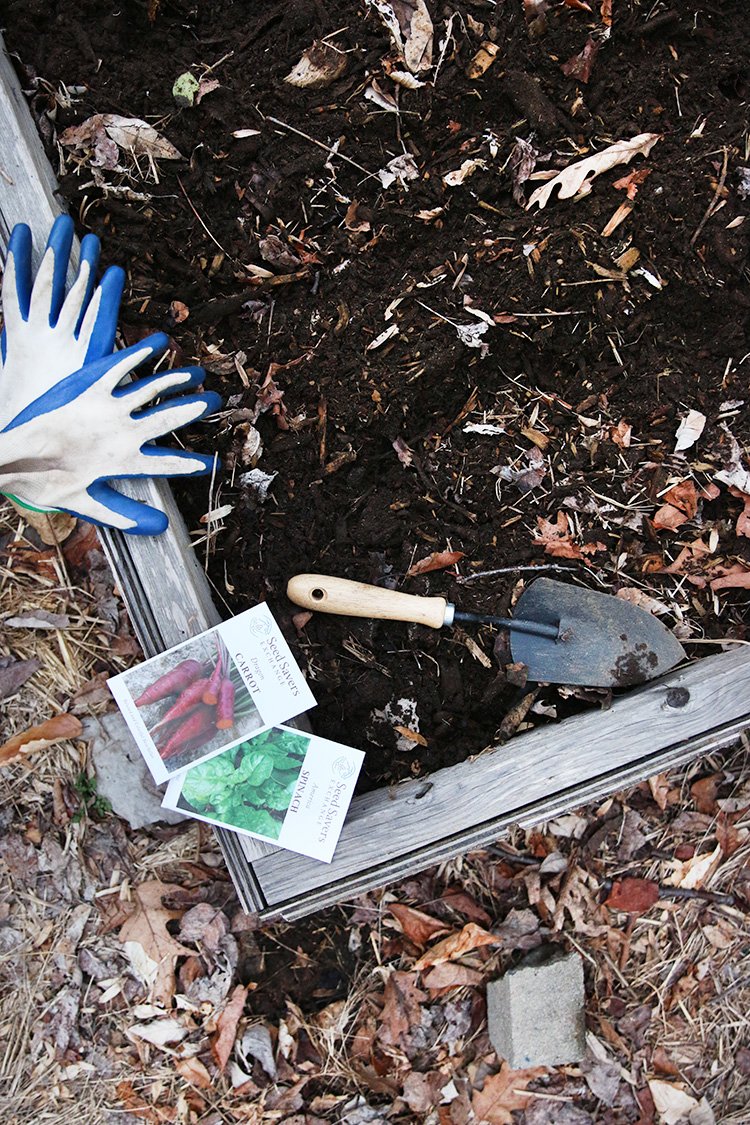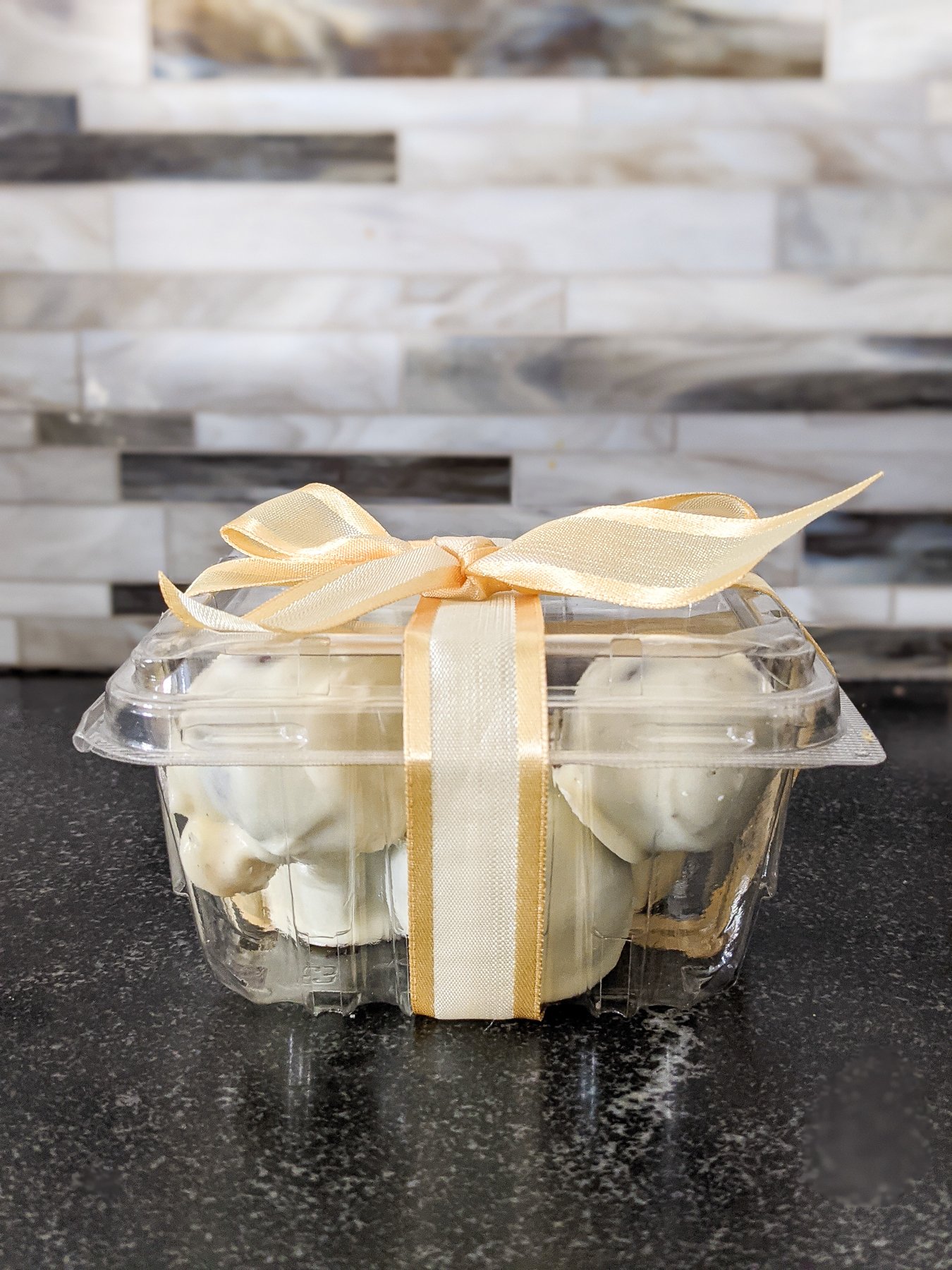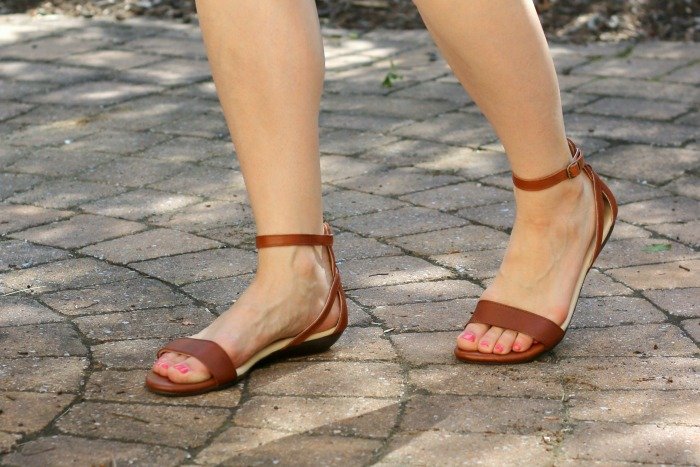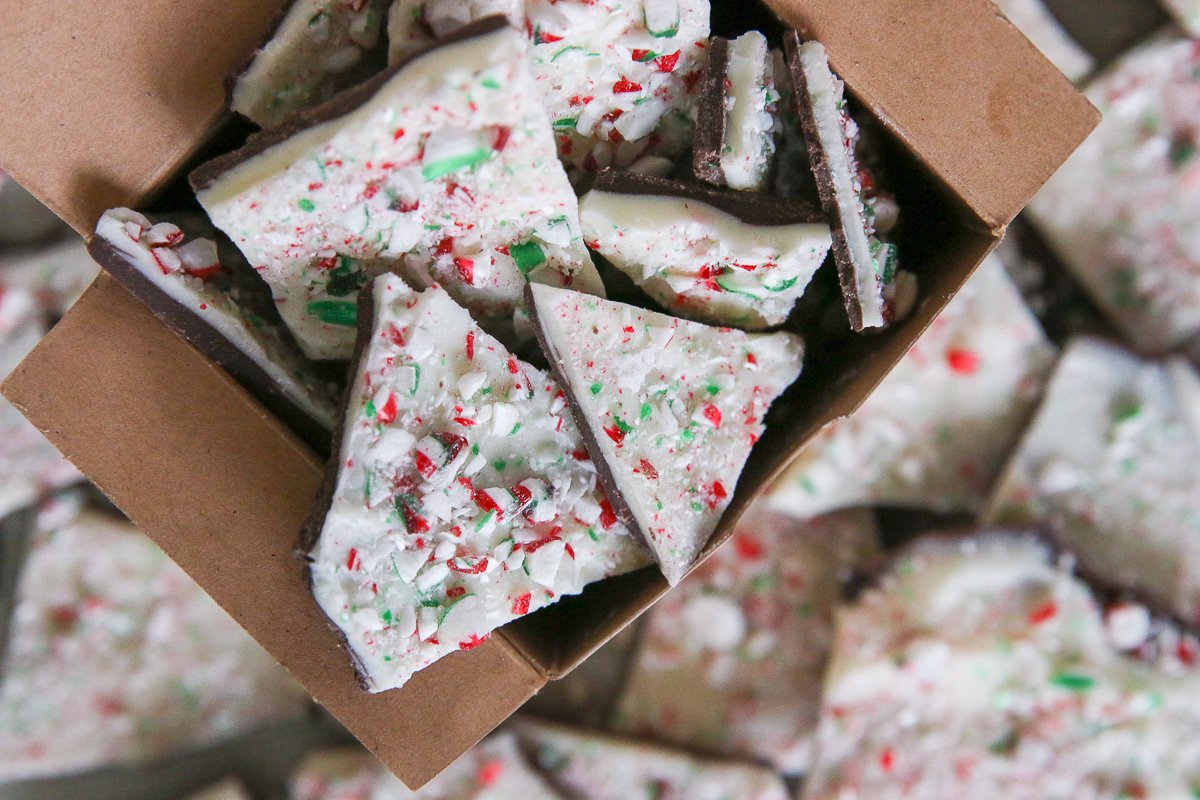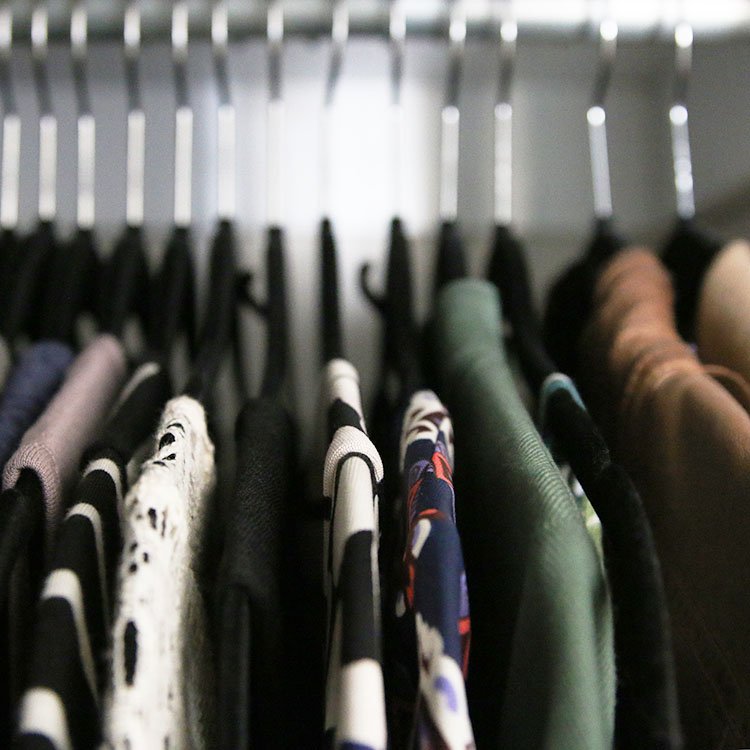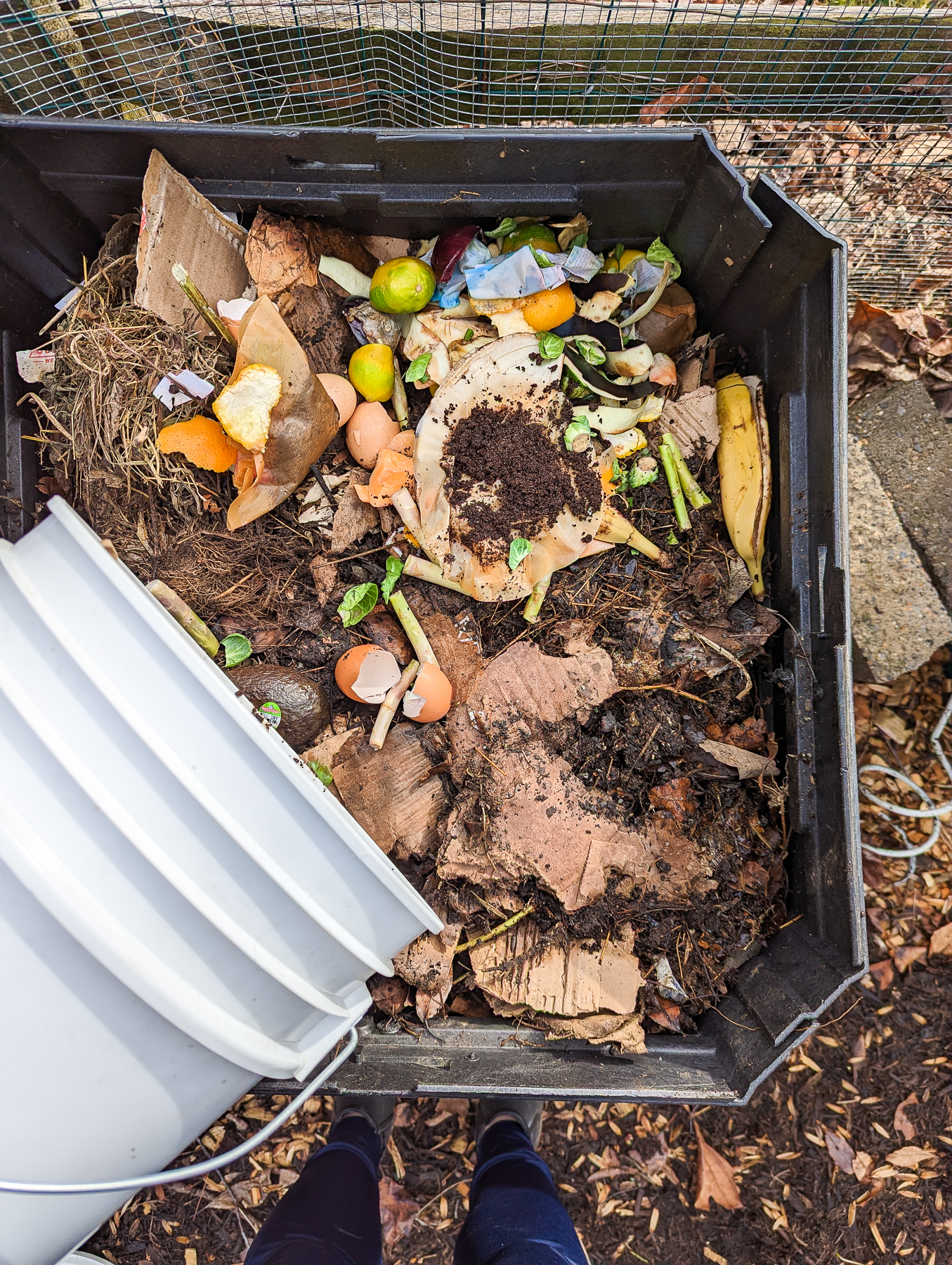Sustainable Lawn Alternatives To Grass and Why It Matters
Enjoying summer but not loving all the lawn care? How about one of these sustainable lawn alternatives instead? Consider giving your grass a break and letting nature do its work.
Perfectly manicured lawns are terrible for the environment. Further, if the climate in which you live doesn’t support a perfectly manicured lawn, maybe it wasn’t meant to be. Read on for more reasons to ditch your perfectly manicured lawn in favor of more eco-friendly lawn alternatives to grass.

The smell of fresh-cut grass always takes me back to sitting in my elementary classrooms in springtime as the end of school neared. I hated that smell, and the corresponding sound of loud mowers, that infiltrated the classroom through open windows. I still don’t like the smell of fresh-cut grass today, even if that puts me in the significant minority.
Lawns and grass are a weird thing. Some create great spaces for play, but most lawns are only maintained for aesthetic purposes. Why do we have them? Do we need them? Can we use this space for gardens and native plants instead?
At what point did the collective “we” become obsessed with perfectly manicured lawns? The cultural obsession has run so deep that many municipal regulations and homeowners associations even incorporate guidelines for proper lawn maintenance to appease our culture aspirations for perfect grass. Despite their supposed aesthetic appeal, gorgeous lawns are pretty terrible for the environment.
Grass Lawns As A Playspace
For some, manicured grassy areas serve as a playspace. It’s worth keeping some open space for kids to enjoy outdoor areas to be used for sports and games. But perfectly manicured grass often requires synthetic chemicals and heavy equipment that emits greenhouse gases to maintain. Is that really where we want our children playing?
We have a large yard, about half of which is covered in trees and wild vegetation and the other half in grass and gardens. Our boys play in the yard almost daily. We live in an area laden with deer ticks, small insects that thrive in long grass and carry Lyme disease. We keep our grass short for playing and to help keep the deer ticks away. I fully appreciate the benefits of a lawn for play.
However, we do not water our grass, instead letting nature take its course throughout the summer. I think we own one sprinkler, purchased and used once as a toy for the boys. It collects dust in our garage now. While suitable for play, our grass is far from pristine.
As we head into the heat of summer, there are plenty of reasons to give your lawn care tools a break. There are many alternatives to grass for your yard that could help the environment while also saving time and money.
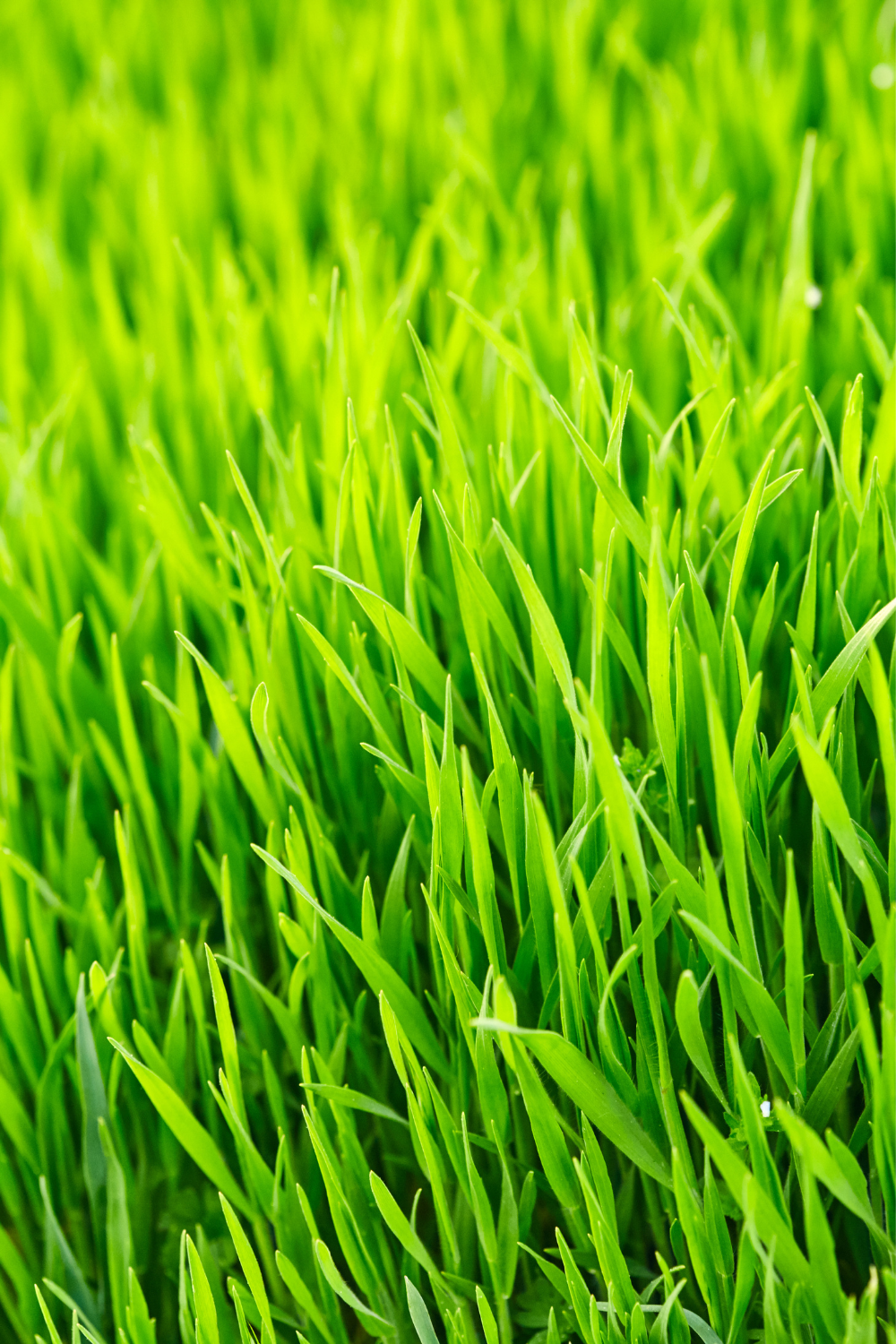
5 Reasons To Choose An Eco-Friendly Lawn Alternative To Grass
As I mentioned above, manicured lawns place a serious toll on the environment. According to the National Resource Defense Council (NRDC), lawns consume nearly 3 trillion gallons of water, 200 million gallons of gas (for all that mowing), and 70 million pounds of pesticides each year! Traditional lawns also hinder biodiversity and pollute our waterways. Let’s dive into this a bit more.
Grass Requires Excessive Water Usage
Well-manicured lawns use a lot of water, to say the least. According to a study by NASA, keeping all the lawns in the United States well-watered requires more water than any other crop in the country. This is particularly notable when the water used is often drinking water and could be used for many other purposes. Why do we insist on using so much water for pretty grass? At least we can eat the fruits of crop irrigation when we water farmlands forever.
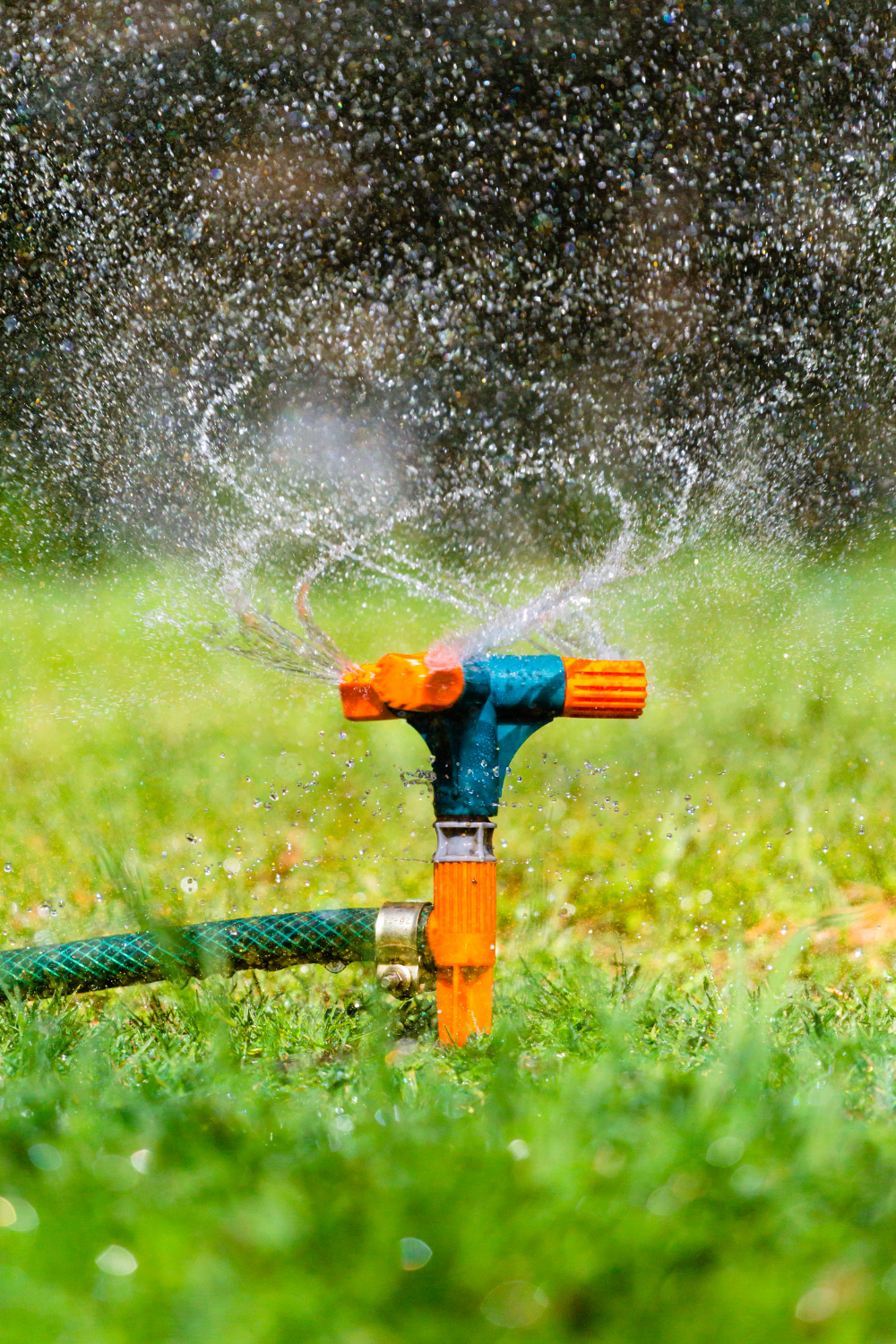
Manicured Lawns Use Too Many Chemical Fertilizers
Pristine lawns inevitably require fertilizers, which are often synthetic chemical compounds. Excess fertilizer washes off into our waterways and drinking water supplies. This pollutes the water and encourages excess vegetation growth in rivers and streams that harms wildlife populations in those waterways. Further more, our kids roll around and play in our grass. Do we really want them covered in synthetic fertilizers?
In years past, we’ve fertilized our grass once a year. This year, we passed on fertilizer and I have noticed little difference in the quality of our lawn.
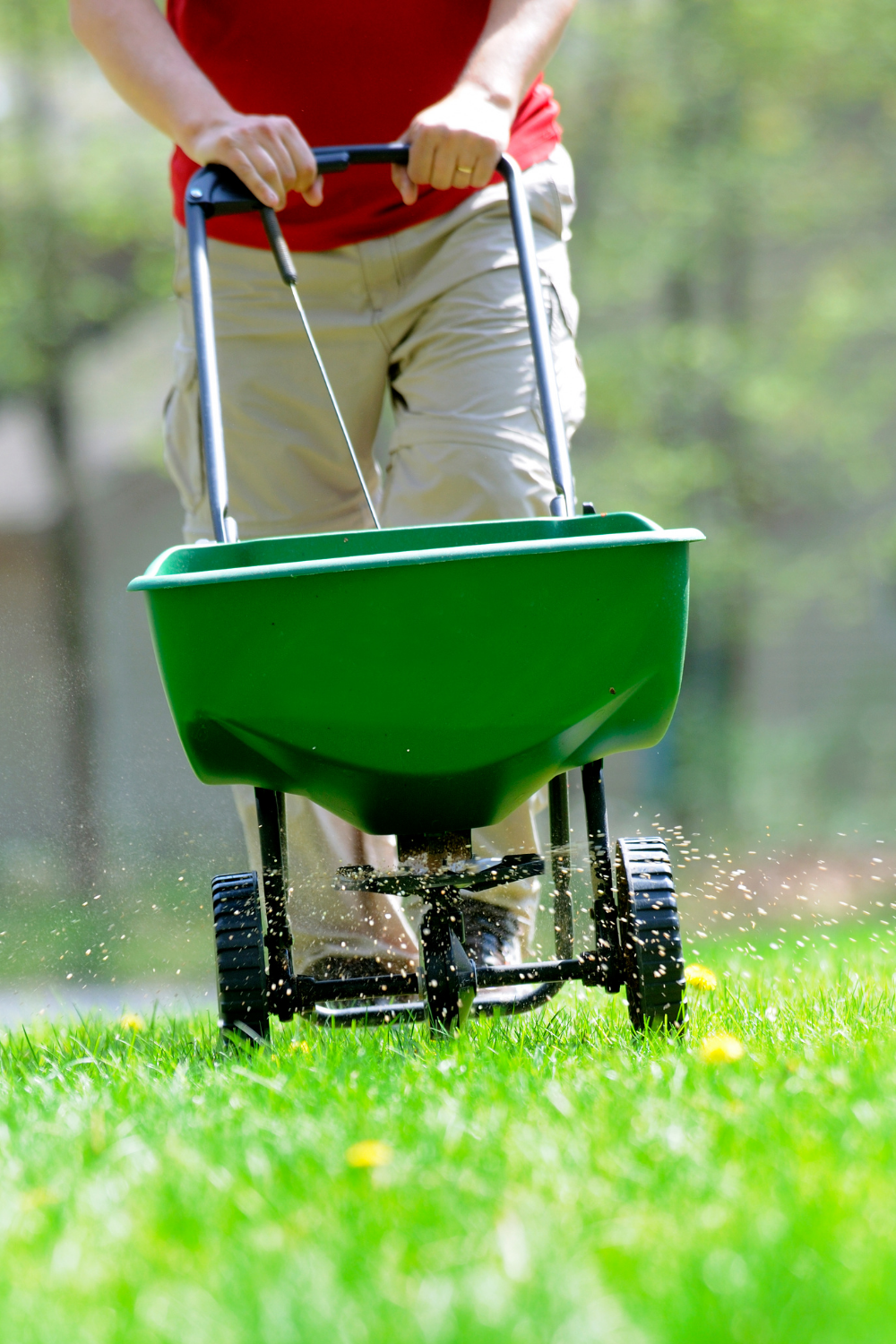
A Grass Lawn Is A Monoculture And Reduces Biodiversity
Lawns are one gigantic patch of the same plant over a large space. This is called a monoculture crop. Nature thrives with biodiversity, while monoculture crops diminish the health of the soil, are at greater risk of infestation and peril, and require more artificial chemicals and support to survive. Our yards and the ecosystem around them would be much happier with a diverse group of plants living together.
Gas-Powered Mowers and Trimmers
These noisy machines are anything but pleasant-sounding, and they also release carbon emissions. Alone they won’t destroy the planet, but when used on 63,000 square miles of manicured lawns, they definitely aren’t helping our fight against climate change.
Manicured Lawns Are A Time Suck
Beyond environmental concerns, taking care of lawns is a time suck (at least for those of us, like me, who don’t particularly enjoy mowing the grass). I know some people find pleasure in yard work, but there are plenty of ways to get our hands dirty in more native and eco-friendly yard care ways than mowing and pruning lawns. Maybe start with a compost pile?
Eco-Friendly Lawns: Alternatives To Grass
There are many sustainable grass alternatives, some of which allow for play while others create more aesthetic or rewilidng opportunities.
If your family uses the lawn regularly for playing and outdoor entertainment, considering some of the lawn alternative options below that are periodically mowed or remain short naturally. Our boys love playing in the yard, so maintaining a portion of our yard for play is really important to us.
However, the lawn probably does not need to be pristine. A fertilizer-free, rain-watered lawn will suffice without chemical and water management efforts in many places. A little brown grass never hurts anyone. You can also use a rain barrel to collect rainwater when it falls, using that later to water the grass (if that’s particularly necessary).
Additionally, weeds and wildflowers in lawns provide food for bees and other pollinators. Pollinators are paramount to parts of our food supply like fruits, vegetables, and nuts, that require pollination in order to grow. As of late, pollinators have struggled in the face of pesticides, diminishing habitats, and other factors that challenge their survival. Leaving wildflowers and small weeds in our yard for the pollinators can really help prop up their populations and allow them to continue performing their important role in our food supply chain.
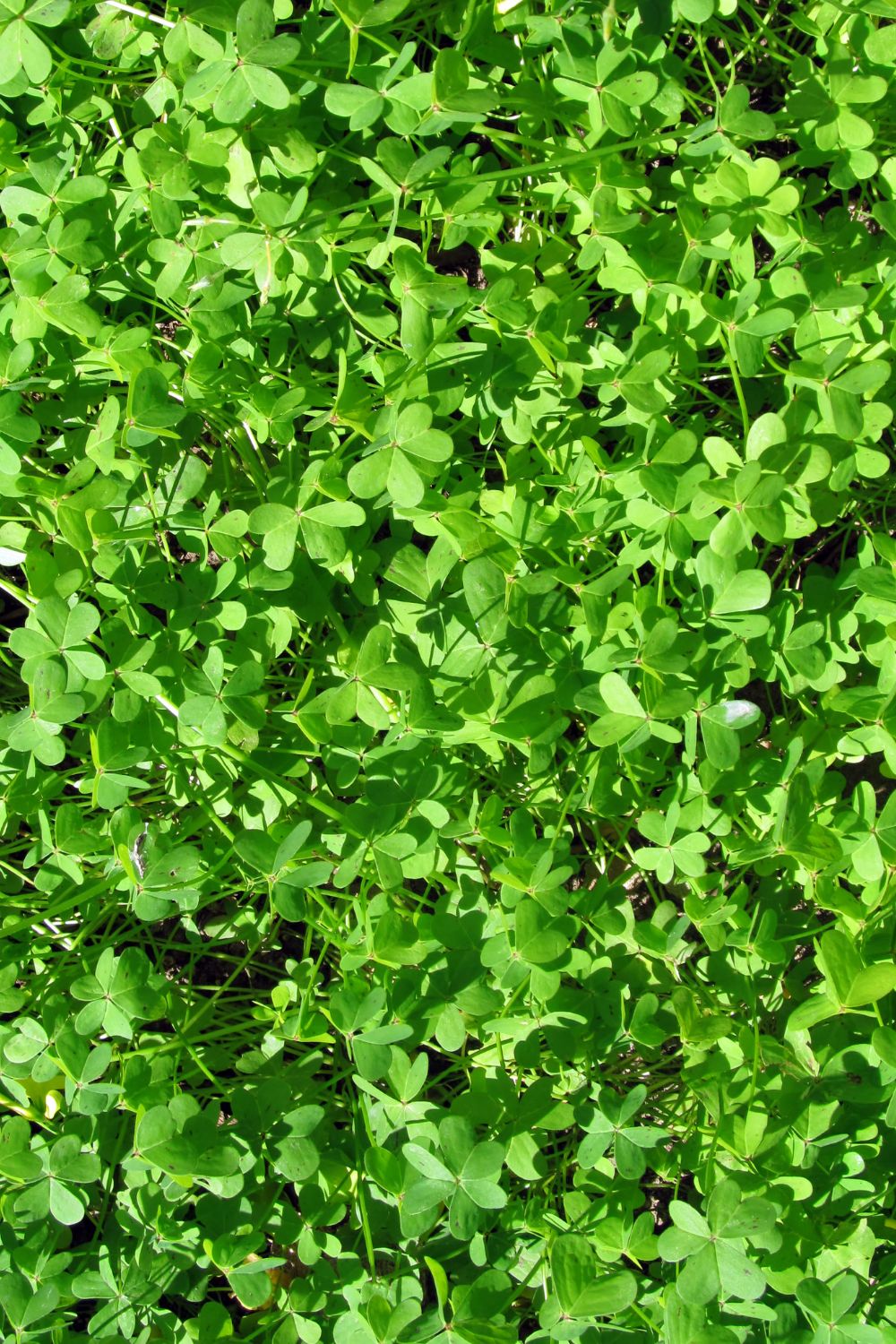
Simple & Short Eco-friendly Alternatives To Grass
The easiest way to have a more eco-friendly lawn is simply to mow and water it less often. Longer grass lets small wildflowers grow which feeds the bees. This also reduces greenhouse gas emissions and noise pollution from the lawnmowers, trimmers, and other related equipment. Not watering your grass pretty obviously reduces water usage.
You could also replace grass with more eco-friendly plant alternatives like micro clover, creeping jenny, creeping herbs (like thyme), fescue, and more. Many of these are hearty enough to withstand some trampling, require much less water than traditional grass, and remain short so they need far less frequent mowing. Furthermore, vegetation like clover fixes nitrogen into the soil to make the soil healthier. Instead of monoculture grass degenerating our ecosystems, lawn alternatives like clover can contribute to regenerative landscaping. This is a win-win all around!
More Unique Eco-Friendly Lawn Alternatives
If you’re willing to get creative or put forth a bit more work, there are many ways to replace your lawn space entirely with long grasses, native vegetation, trees, or even edible crops. Some of these result in significant changes to the use of the space, but it might work better depending on one’s needs.
Native Vegetation, Including Native Grasses
Instead of planting sod and curating a pristine lawn, consider planting more native vegetation. You may even consider planting native grasses or prairie grasses in your yard. There are so many options, and the best choice will depend on the climate where you live.
We aren’t used to seeing yards like this, so sometimes homeowners struggle with local regulations around yard maintenance. But maybe if enough people buck the status quo, we can change the trend of what we think “normal” lawns are supposed to look like (and local rules and regulations can be amended as well).
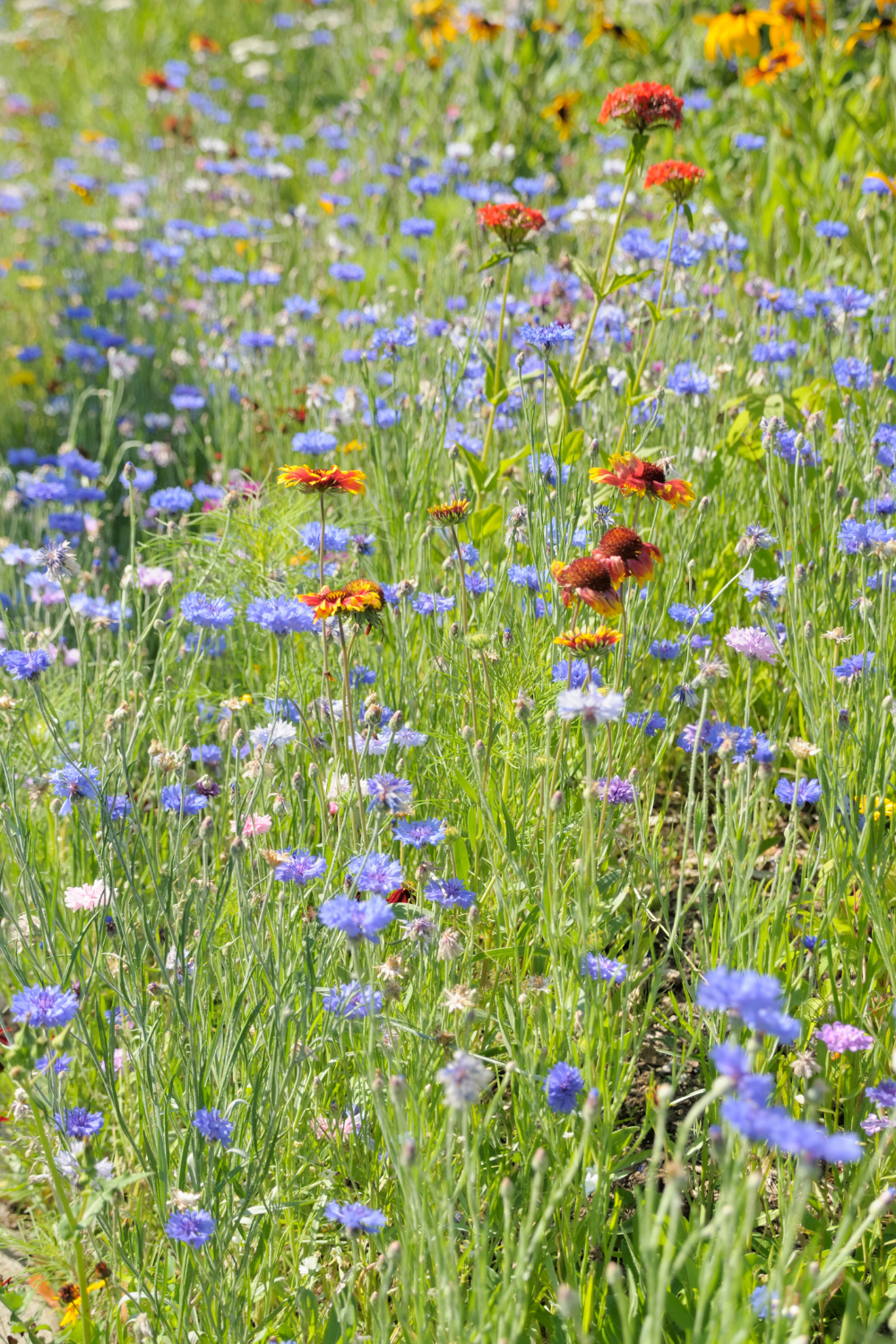
Long Grasses & Wildflowers (Meadows & Rewilding)
Garden enthusiasts know that wildflower meadows and long, well-maintained grasses can be gorgeous and good for the environment. Sometimes they create ire for neighbors who view the yard as messy or unkempt. To ensure these types of landscaping look tended and clean, it’s helpful to mow paths and keep edges well-maintained.
In most cases, these spaces aren’t great for playing sports or games, but children can have so much fun in open spaces in nature even when the grass is long and blowing in the breeze. Isn’t an open meadow filled with wildflowers magical?
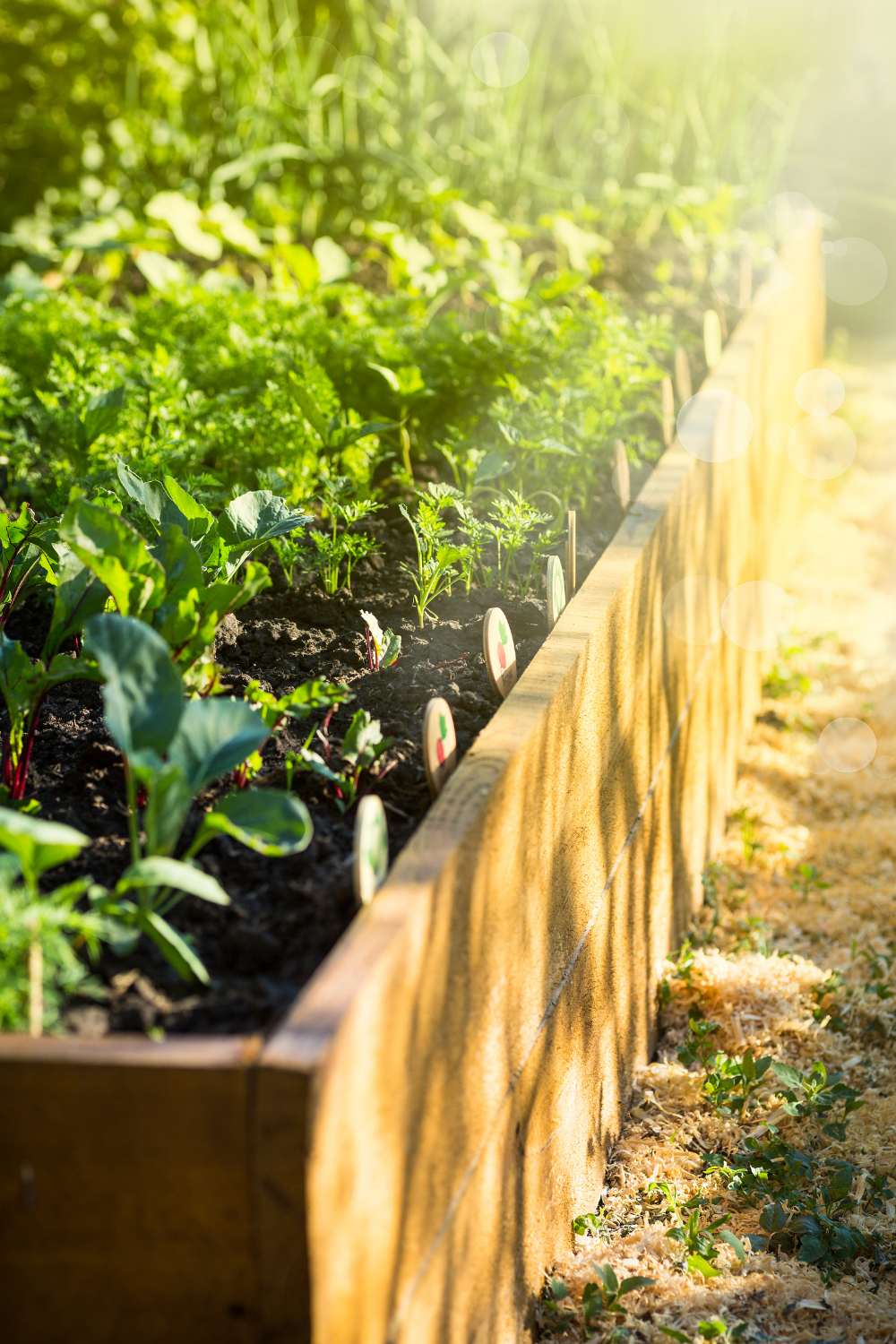
Fruit and Vegetables Gardens
Turn your yard into an edible garden. If you’re feeling ambitious, you could even plant a front yard garden! Hopefully, they are the trend of the future, and you could be ahead of the curve.
When we grow our own food, we know what we eat, provide fodder for pollinators, and have an incentive to regenerate soil in the most natural and healthy ways possible. After all, the soil is the lifeblood and source of nutrients for the food we will ultimately put in our bodies. Food gardens are great for the environment and are a step toward food sovereignty.
Trees
Opt for trees that are native to your area instead of monoculture grass. They will grow better and be easier to maintain. Particularly as they mature, trees take great of themselves, require little maintenance, and naturally regenerate the soil beneath them as leaves and branches fall to create a rich forest floor. Did you also know that trees communicate with each other through underground fungal networks and help each other through cooperative and interdependent relationships? How cool, right?!
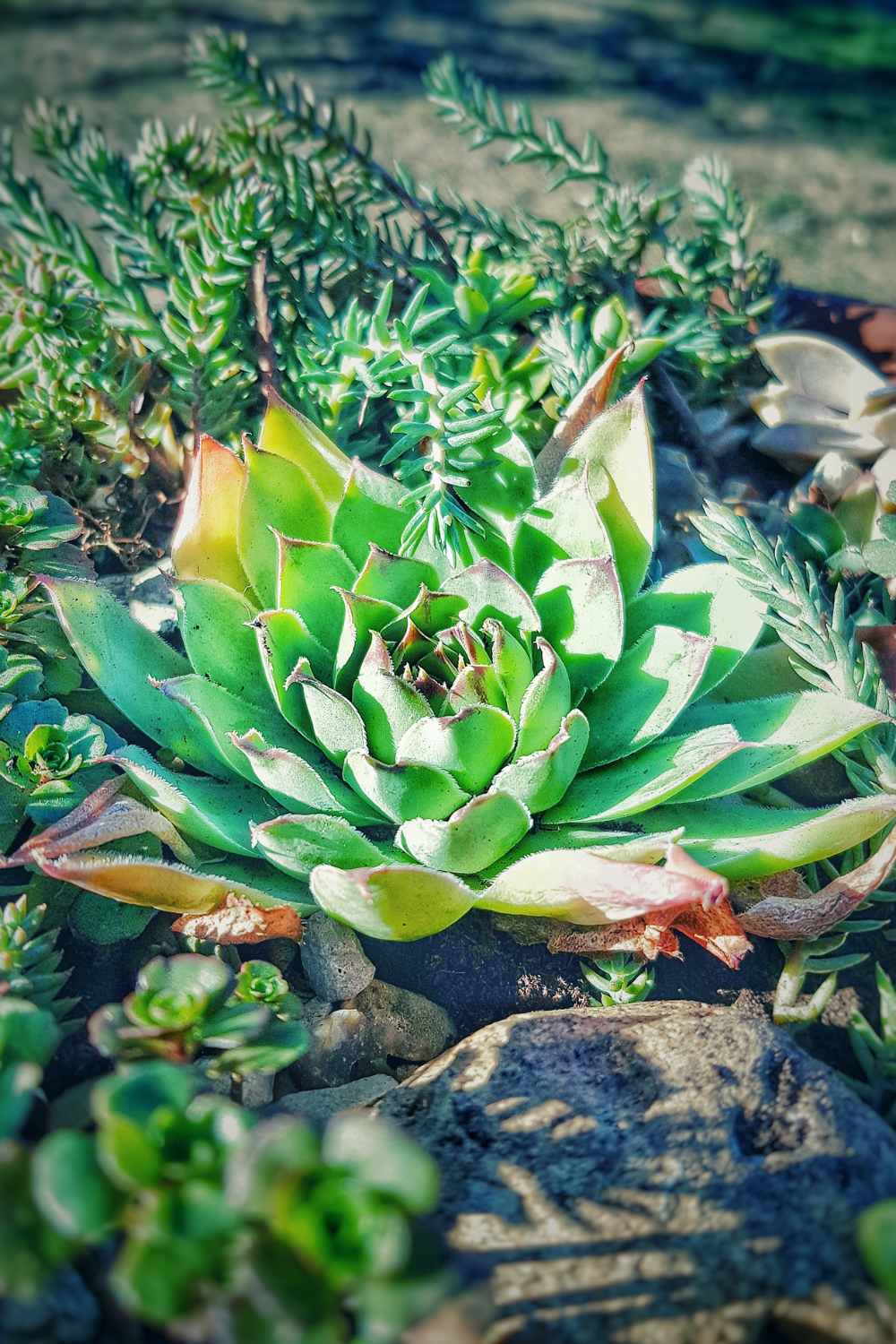
Xeriscaping
What the heck is xeriscaping? Xeriscaping just means landscaping with minimal use of water. It’s especially popular in arid and desert climates, but it can be applied in lots of places if you select the proper vegetation. Xeriscaping is pretty great. It reduces water usage, doesn’t require pesticides, and is pretty low maintenance.
Learn more about how to xeriscape your yard!
Artificial Turf
Some eco-friends won’t like this option, but depending on where you live, artificial turf might be a decent alternative. If you live in an arid climate where rocks might be the only native alternative and water is in short supply, artificial turf might be the best option to cover your yard without giving up space for your children to play.
Artificial turf is made from petroleum-based products like nylon and polyester or other synthetic materials. These materials are not great for the environment, so it’s not a perfect solution by any means. It’s akin to concrete in terms of soaking up carbon from the air and helping the soil retain water (i.e. it doesn’t).
In other words, artificial turf is not helpful to the environment on its own, unlike vegetation, which is generally good for the environment in some capacity. But artificial turf should reduce your water usage and greenhouse gas emissions from maintenance equipment without compromising open space for play.
And Yet It All Depends
As with many things in life, eco-friendly living is a series of compromises.
Many factors will influence what makes the most sense for your yard. The climate in which you live and the amount of space in your yard significantly influence the best type of surface or vegetation for your outdoor space. In a few parts of the country, grass can grow pretty well on its own, relying primarily on natural rainfall. Even in these areas, however, there are many better alternatives to pristine, manicured lawns, not the least of which is a lawn with a few natural weeds and wildflowers that’s free of fertilizers and automatic irrigation systems.
What do you do with your lawn if you have one? Have you thought about its impact on the environment?
Want another perspective? Erin from My Green Closet is transitioning her grass lawn to “Bee Turf” so she still has space to enjoy her yard with her family while also choosing a more ecofriendly lawn alternative for the planet.

